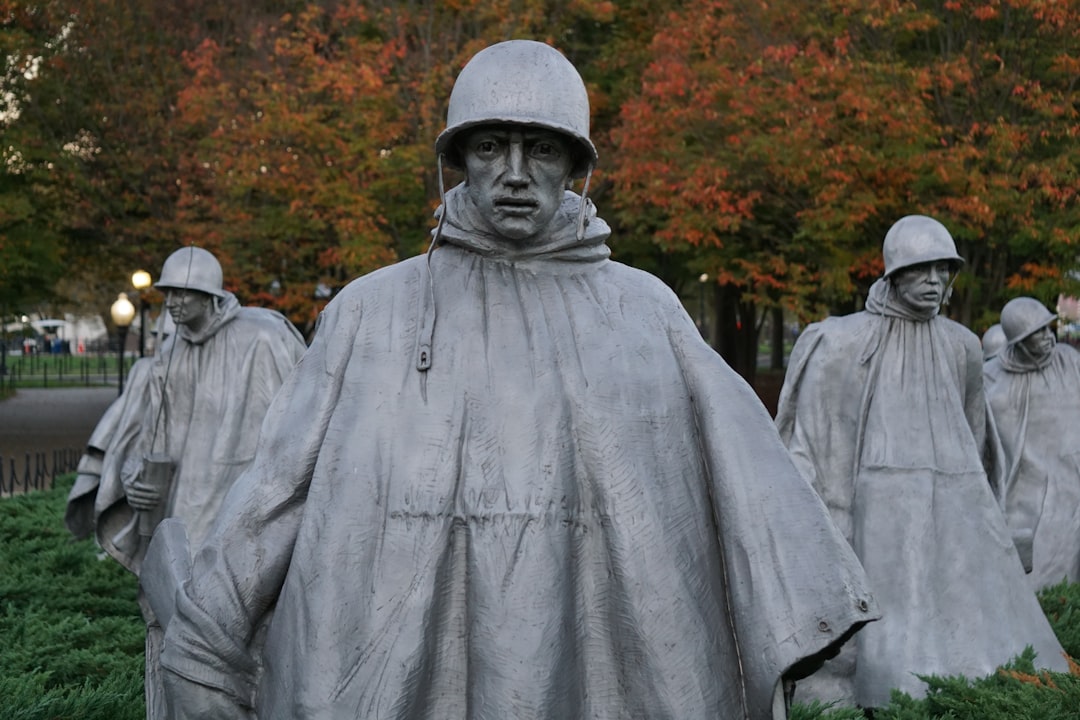What is it about?
During the 19th century, state sponsored kidnappings in Canada and the United States contained significant racial dimensions, did not disappear after each goverment's practical power along the border increased, and helped to make the border meaningful to everyday life.
Featured Image
Why is it important?
These findings emphasize that state-sponsored abductions, which began as a practical workaround to limited federal power in the borderlands, became ingrained in the legal systems of Canada in the United States and continued to be used well after the initial circumstances that led to their creation had disappeared.
Perspectives
I hope this article will challenge people's conceptions that the specific criminal charges brought against borderland residents were straightforward. In the 19th century, police officers often targeted a person believed to be guilty of a crime and then chose specific charges or extra-legal processes based on what they felt would be easiest to execute. In many cases, this involved breaking another country's law in order to maintain what they believed was a universal sense of justice.
Benjamin Hoy
University of Saskatchewan
Read the Original
This page is a summary of: Dispensing Irregular Justice: State Sponsored Abductions, Prisoner Surrenders, and Extralegal Renditions Along the Canada–United States Border, Law and History Review, February 2017, Cambridge University Press,
DOI: 10.1017/s0738248017000098.
You can read the full text:
Contributors
The following have contributed to this page










